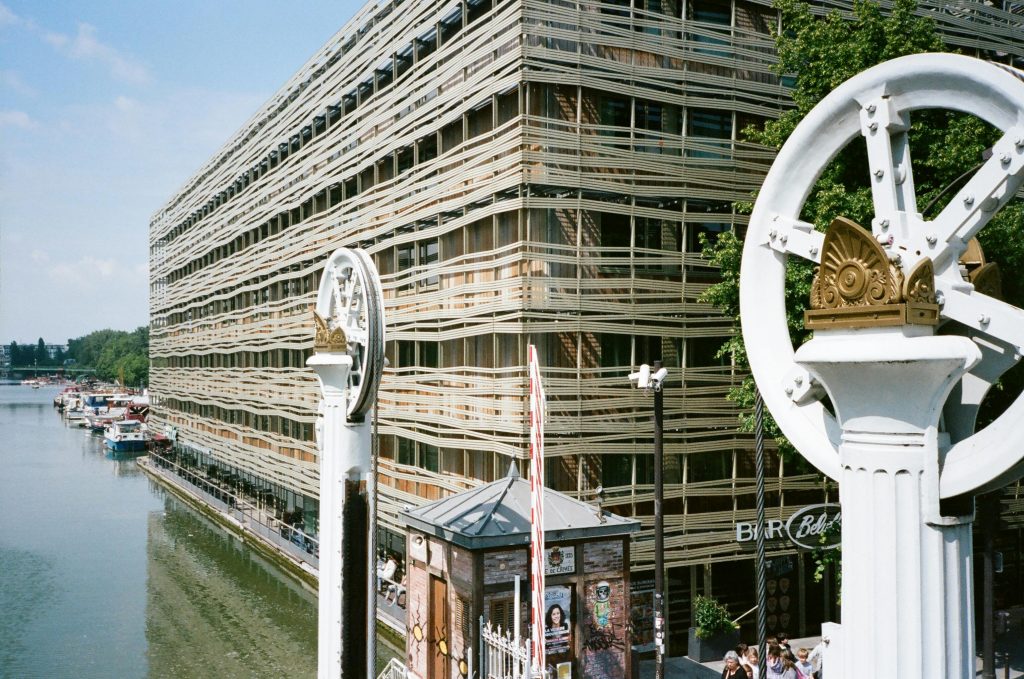Troubleshooting PC Boot Failure After Enabling Secure Boot on AORUS Gaming 7 Z370 Motherboard
Introduction
Enabling Secure Boot is often a necessary step for enhancing system security and ensuring compatibility with certain operating systems and features. However, some users may encounter boot issues immediately after making BIOS changes, especially on gaming motherboards like the AORUS Gaming 7 Z370. This guide discusses common troubleshooting steps and considerations when your PC fails to boot following Secure Boot activation.
Scenario Overview
A user reports that after enabling Secure Boot in the BIOS of their AORUS Gaming 7 Z370 motherboard, their system is unable to complete the POST process. The computer briefly powers on, fans spin for a few seconds, then it shuts down and restarts in a loop—all without displaying the BIOS or any output.
Key Symptoms:
– System powers on temporarily but then shuts down repeatedly.
– No display output or BIOS screen.
– Fans spin briefly and then stop.
– No response to typical reset procedures.
Potential Causes
The issue appears to stem from BIOS configuration changes that affected the system’s boot parameters, potentially compromising the UEFI settings or causing corruption. Enabling Secure Boot often requires a compatible UEFI setup, and misconfigurations or corrupt firmware can prevent successful startup.
Troubleshooting Steps
- Resetting BIOS to Defaults
The first step involves restoring BIOS settings to their default state: - Remove the CMOS battery and wait for at least 10 minutes before reinserting it.
- Use the motherboard’s CMOS reset button, if available.
-
Access BIOS again and select the option to load default or optimized settings.
This process aims to clear any incorrect configuration that may prevent booting. -
Clear CMOS via Hardware
If standard resets do not help, consider: - Powering down the system completely.
- Unplugging the power supply.
- Holding the power button for 30 seconds to discharge residual power.
- Removing and reseating the CMOS battery.
-
Using the CMOS reset jumper on the motherboard, if applicable.
-
Test with Minimal Hardware Configuration
Simplify the setup: - Boot with only essential components: one stick of RAM, integrated GPU if available.
- Disconnect all non-essential peripherals and storage devices.
-
Reattempt booting to determine if a specific component is causing the issue.
-
Remove and Reseat Components
- Reseat the RAM module(s) and GPU.
- Check all power cables for secure connection.
- Try different RAM slots to rule
Share this content:



